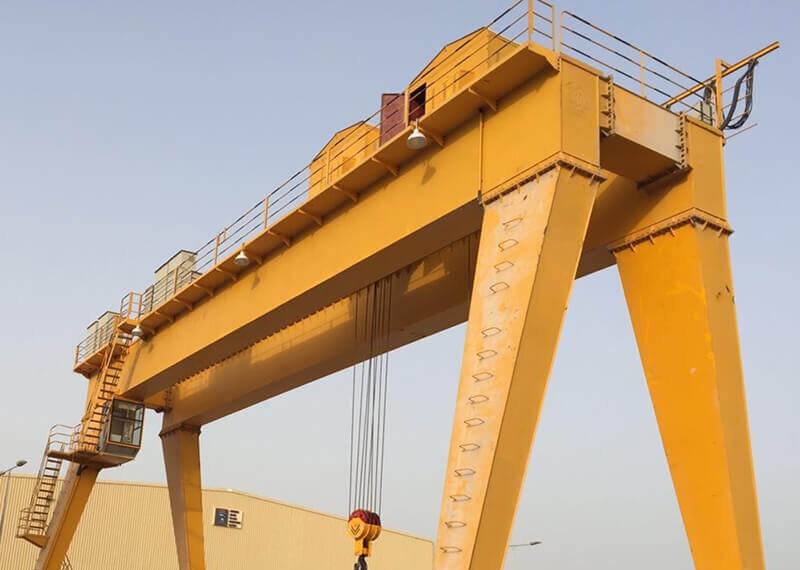
Necessity of using crane safety equipment
The crane is a cyclic and intermittent motion machine. The retrieval equipment lifts the item from the retrieval place, then moves horizontally to the designated address to drop the item, and then performs a reverse movement to bring the retrieval equipment back to its original position for the next time cycle. Cranes are divided into different types according to their structure and function. They are usually divided into three categories: light and small lifting equipment, bridge type cranes and jib type cranes.
With the widespread use of cranes, various difficult problems continue to appear in the crane equipment process, and safety issues cannot be ignored. Therefore, safety equipment must be installed during the bridge crane process.

Safety equipment beneficial to cranes
1. The hoisting organization must be equipped with a hoisting limiter. When the hook block is lifted 300mm from the lifting organization frame, it can actively block the power of the motor and the motor will stop the operation. It is a safety equipment to avoid collision incidents caused by cranes approaching the end of the trajectory, or collision incidents caused by two cranes on the same trajectory.
2. Active interlocking equipment is that there are many bare wires passing on the bridge crane. In order to avoid electric shock for maintenance personnel, it is necessary to install active interlocking equipment at the door of the cab leading to the vehicle. The buffer is a safety device that absorbs the energy of the crane when it collides with an object, and is effective when the crane's brake and end switch fail. When the crane is connected to the column at the end of the track, (Guangdong lifting equipment) ensures that the crane parks more stably.
3. The brake is a kind of equipment that can make the lifting equipment stop the operation at any time and keep the heavy object at any height during the lifting, translation and rotation process. It can not only avoid accidents, but also meet the requirements of the operation. Because the effect of the brake is very important for cranes, many incidents are often caused by the failure of the brake or clapping hands.


